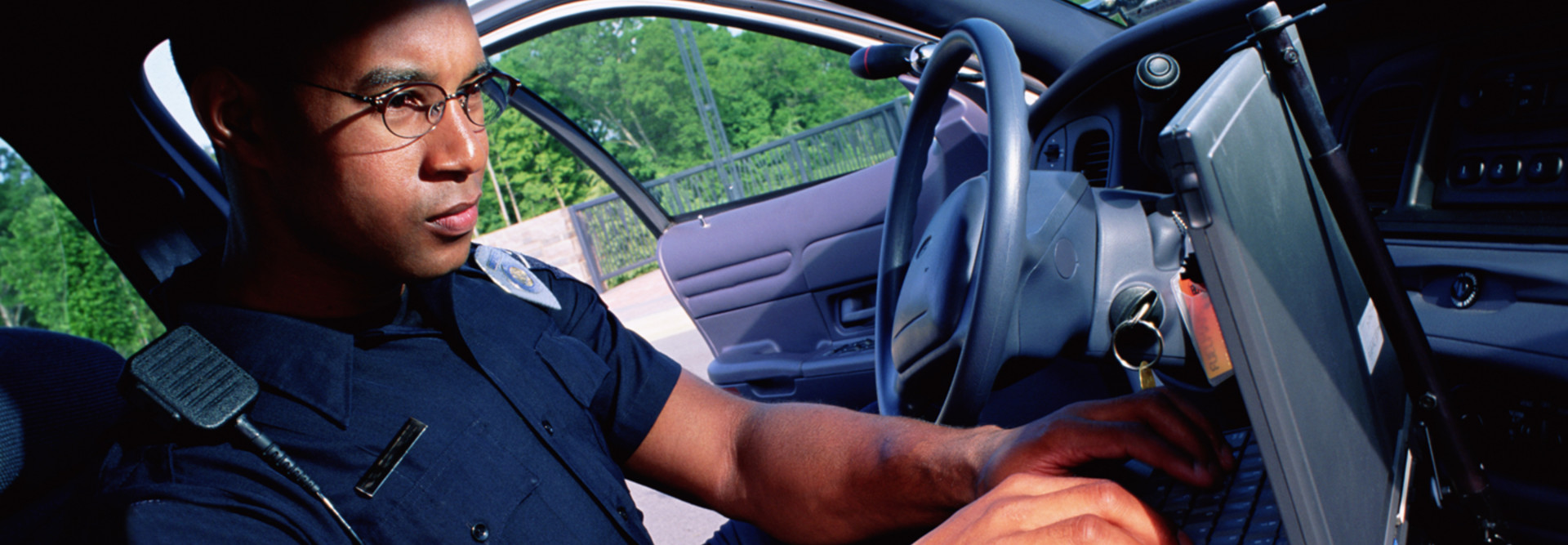Are Body Cameras the Future for Local Law Enforcement?
Law enforcement technology has become a hot topic in recent weeks, following the August shooting death of Ferguson, Mo., teenager Michael Brown.
Specifically, the conversation has focused on the oversight of and need for federal programs that equip state and local law enforcement agencies with guns, armored vehicles and other gear. There’s also a mounting debate about whether police officers should be required to wear body cameras to ensure accountability. These issues were front and center at a Sept. 9 Senate Homeland Security and Governmental Affairs Committee hearing.
“Since 1997, federal agencies have supplied over $5 billion in surplus Department of Defense supplies and equipment to law enforcement,” said committee Chairman Tom Carper, D-Del. “In addition, both the departments of Justice and Homeland Security administer grant programs that also can pay for military-style gear, such as armored vests and vehicles.”
Senators questioned whether Congress should do more to track and hold accountable police departments that receive such powerful equipment from the federal government. Either way, the tragic shooting in Ferguson “may very well have become the turning point in moving forward in changing the way policing is conducted in this country,” Wiley Price, a photojournalist for the St. Louis American newspaper, testified at the hearing.
Should Law Enforcement Agencies Meet Higher Standards?
Sen. Claire McCaskill asked whether the police community would be offended if the government set tougher requirements for agencies that receive federal funds and equipment. “If we're going to give you money, we're going to make you jump through a few hoops. Is that something that you think the police community would not accept and understand?” she asked witnesses at hearing. Additional hoops could mean requirements for more training.
“I think there's an expectation that there is going to be an adjustment in the program,” said Jim Bueermann, a retired police chief and president of the nonprofit Police Foundation. The foundation supports “innovation and improvement in policing through its research, technical assistance” and professional services programs, according to its website.
Bueermann agreed with McCaskill and noted that police chief and sheriffs he has spoken with believe there “needs to be some governing effect on the transfer of some of this equipment.” He also expressed a need for the government to offer guidance on accountability measures such as police body cameras.
Local police chiefs would need to present these issues to their city councils, and “some of those arguments fall on deaf ears,” Bueermann said. “They can't get the councils to pay attention to it because there's a price tag attached to that. I think you actually might be helping many police chiefs in this country elevate the level of training that they'd like to see their people receive,” he told McCaskill.
Ranking Member Sen. Tom Coburn, R- Okla., raised concerns about the federal government’s obligation to local law enforcement and the kind of equipment being transferred.
“How did we ever get to the point where we think states need MRAPs?” he asked.
“There is no role for the federal government in the local and state police forces in our country,” Coburn added. “And I hope we can winnow that out today to see where we've stepped across the line and actually have created some problems that wouldn't have been there otherwise.”
Weighing the Benefits of Body Cameras
The National Institute of Justice is studying the effectiveness of body cameras and their appropriate use, said Karol Mason, assistant attorney general for the Office of Justice Programs.
One of the office’s largest programs is the Edward Byrne Memorial Justice Assistance Grant Program, or the JAG. Funding from the JAG can be used to address a range of criminal justice issues in a state. Among law enforcement entities, about 40 percent of the money allocated through the program pays for equipment. Funding can be used to purchase body cameras, but state and local agencies are not required to buy them.
On Wednesday, the Miami Beach City Commission approved the use of body cameras for the local police department, reported NBC 6 South Florida. Miami Beach Police chief Dan Oates told the news outlet he expects every cop in America will be wearing a body camera in five years.
At the hearing, McCaskill asked whether JAG funding could be contingent on law enforcement agencies agreeing to buy body cameras.
“So it wouldn't be hard if we decided before you get anything else we're going to insist you use our money for body cams before you buy other things like full-blown battle gear or camouflage uniforms or grenade launchers that attach to rifles,” McCaskill said.
That’s not likely, at least for now. Mason explained that the program office does not control how state and local governments use JAG funding.









